 |
 |
 |
| |
Lower bone strength by peripheral quantitative
CT (pQCT) in children living with HIV
|
| |
| |
Lower bone strength by peripheral quantitative CT (pQCT) in children living with HIV
Excerpt on this poster from ...
Bone, Frailty, and Aging at CROI 2019 - Todd Brown, MD, PhD Division of Endocrinology, Diabetes, & Metabolism Johns Hopkins University - (05/31/19)
Peak bone mass (at age ∼25-30) is a major determinant of bone mass later on in life, so it's important for later fracture risk prevention that peak bone mass be optimized. It is known that children living with HIV (CLWH) may have a lower peak bone mass compared to their HIV-uninfected peers (https://www.ncbi.nlm.nih.gov/pmc/articles/PMC4157938/). At CROI, Shiau et al presented data from the CHANGES study in South Africa in which bone parameters in 171 children with HIV were compared to 99 controls without HIV (age ∼10 years)( 1430_Shiau_0816.pdf) . Instead of using DXA, this study used peripheral quantitative CT (pQCT), which, as a 3D measurement of bone, is not as affected by bone size compared to DXA (a 2D measurement). In addition, pQCT can resolve trabecular and cortical bone and gives a measurement of bone strength (polar strength strain index (SSI)). The main finding of the study was that SSI at the tibia was lower in the CLWH compared to controls. In addition, among the males (but not the females), trabecular BMD was lower in those with HIV compared to those without. In an analysis restricted to the CLWH, lopinavir/ritonavir treated children had lower trabecular and cortical BMD than those receiving efavirenz. The big questions are whether these differences will be clinically significant as these children age and what specific interventions can be implemented to potentially mitigate fracture risk in the future.
Reported by Jules Levin
CROI 2019
Stephanie Shiau1, Michael T. Yin1, Renate Strehlau2, Megan Burke2, Faeezah Patel2, Louise Kuhn1, Ashraf Coovadia2, Shane Norris3, Stephen M. Arpadi1, CHANGES Bone Study Team
1Vagelos College of Physicians and Surgeons, Columbia University Irving Medical Center, New York, NY, USA2Empilweni Services and Research Unit, University of the Witwatersrand, Johannesburg, South Africa 3MRC/Wits Developmental Pathways for Health Research Unit, University of the Witwatersrand, Johannesburg, South Africa
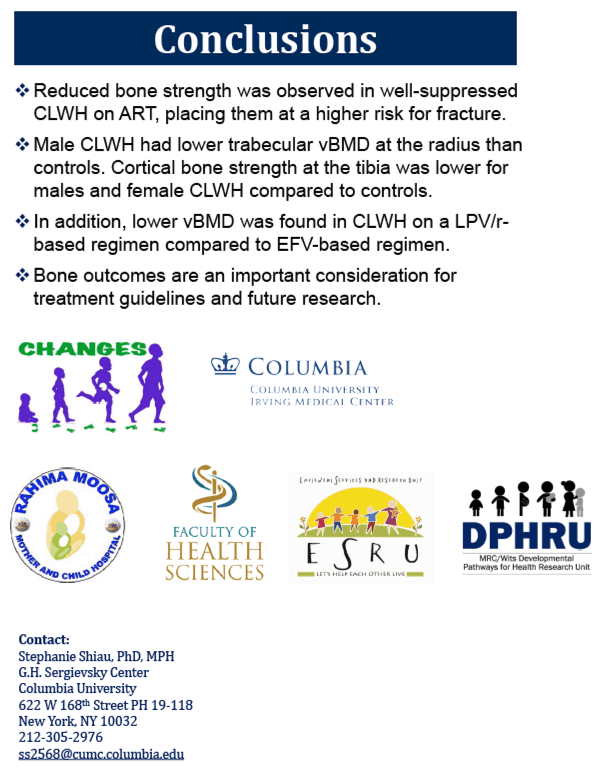
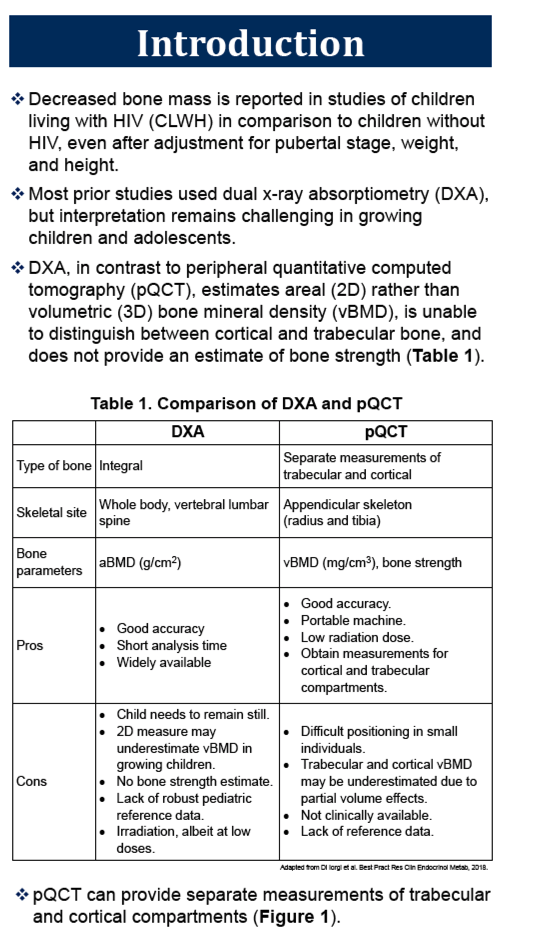
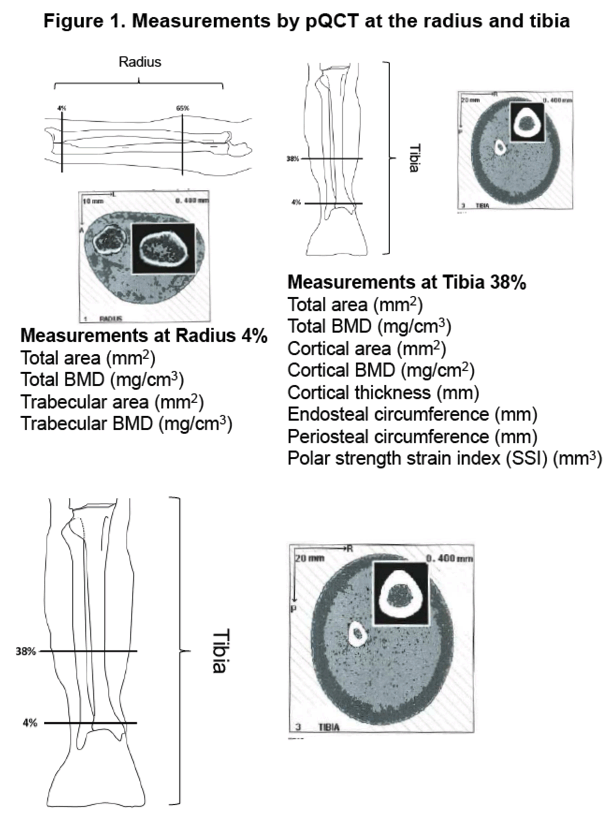
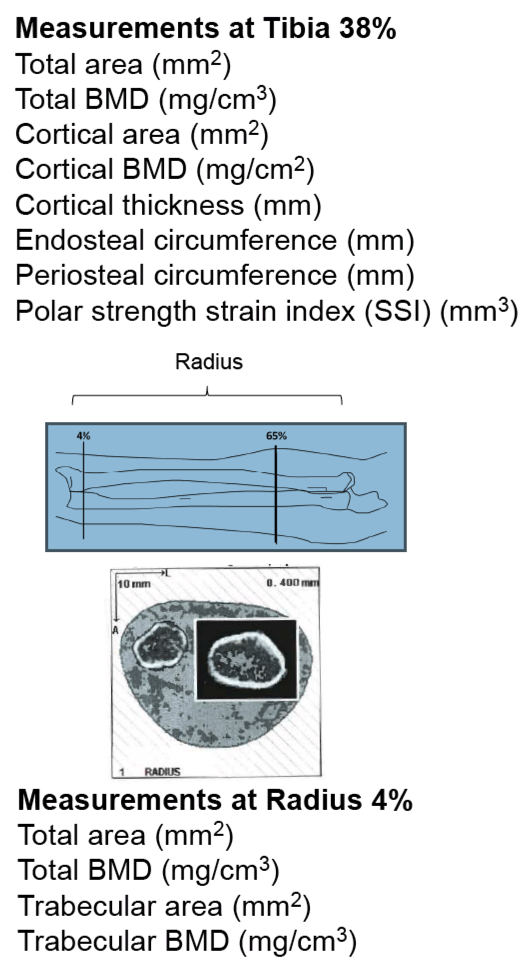
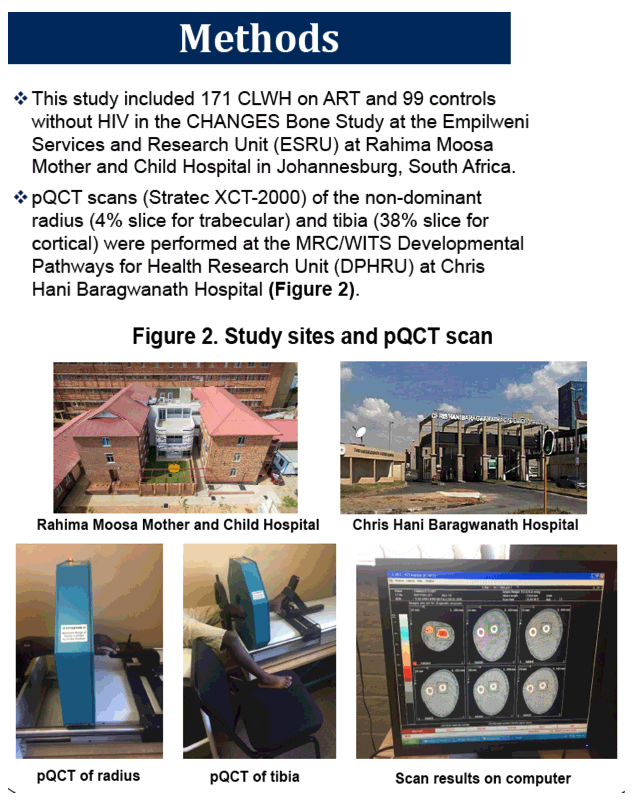
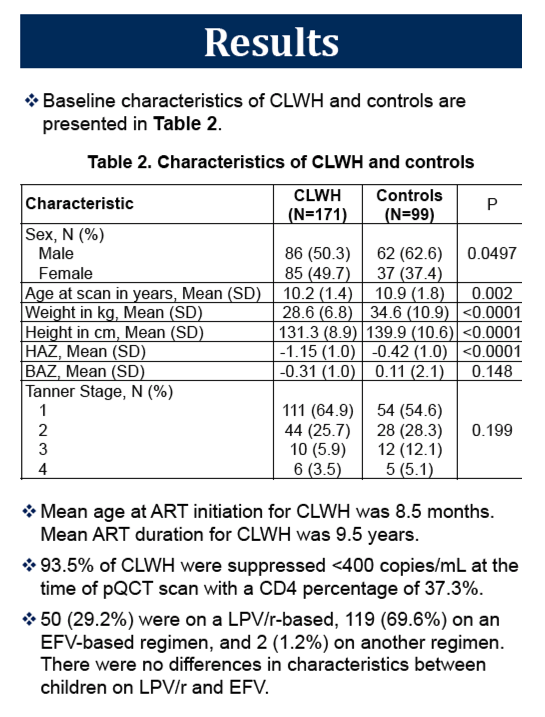


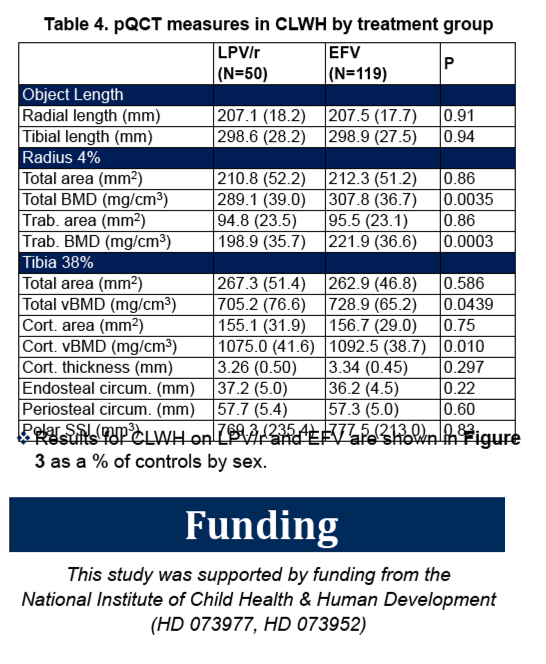
|
| |
|
 |
 |
|
|